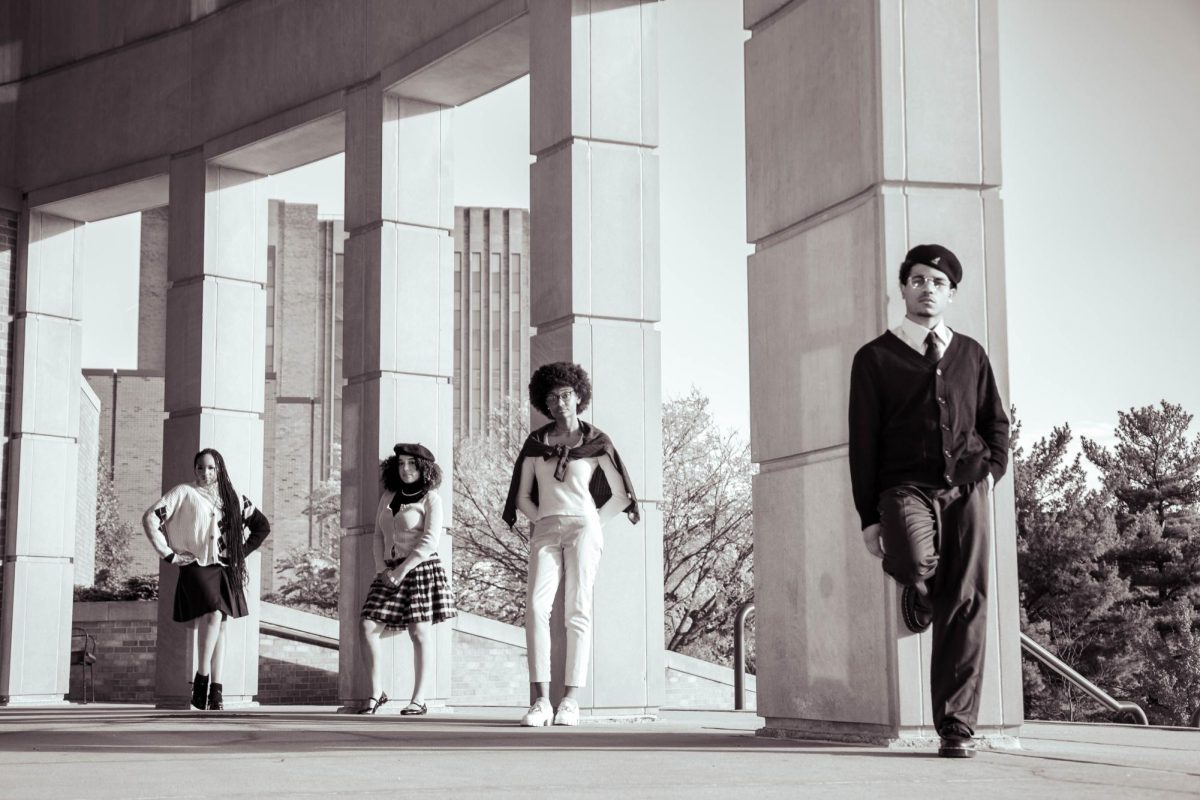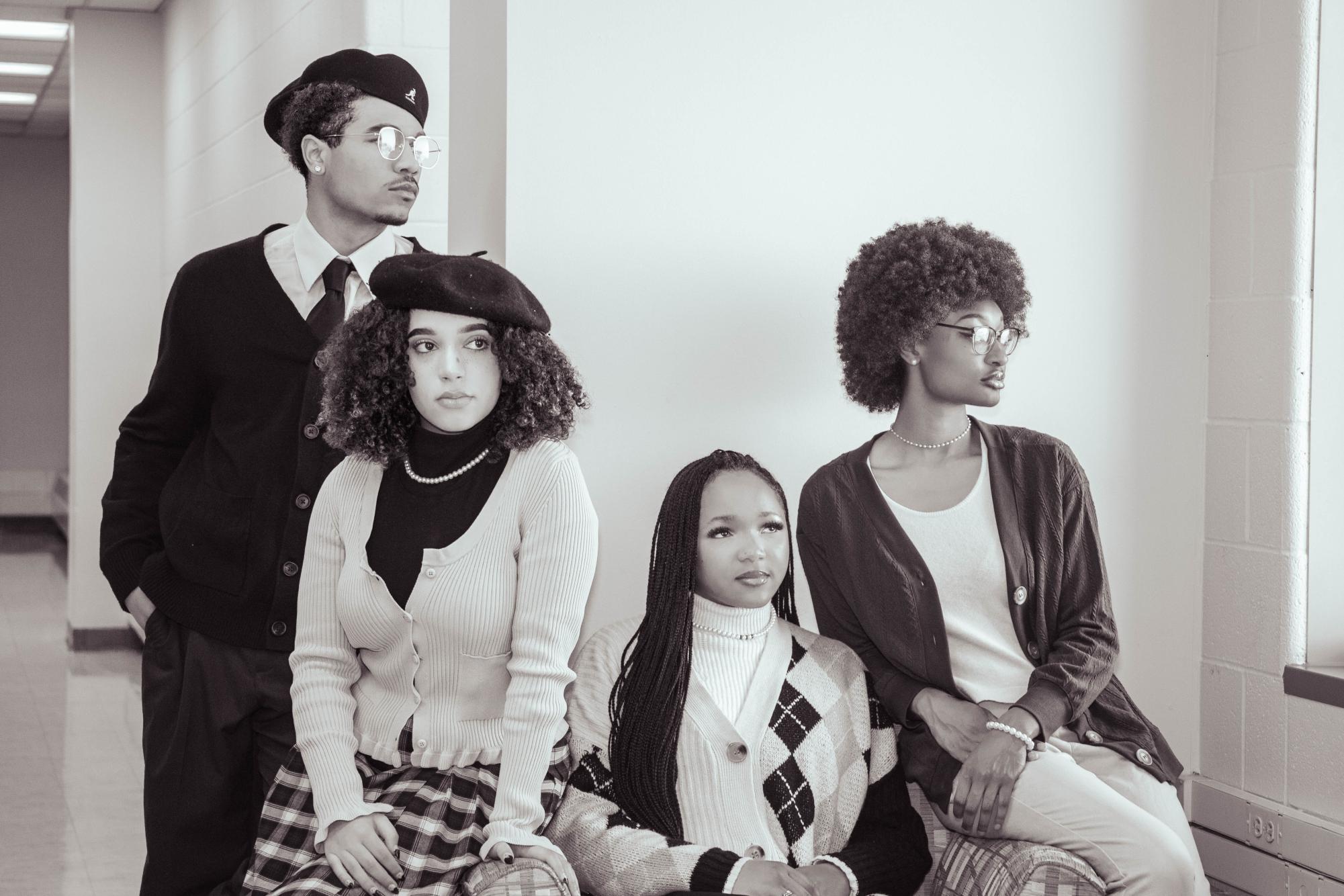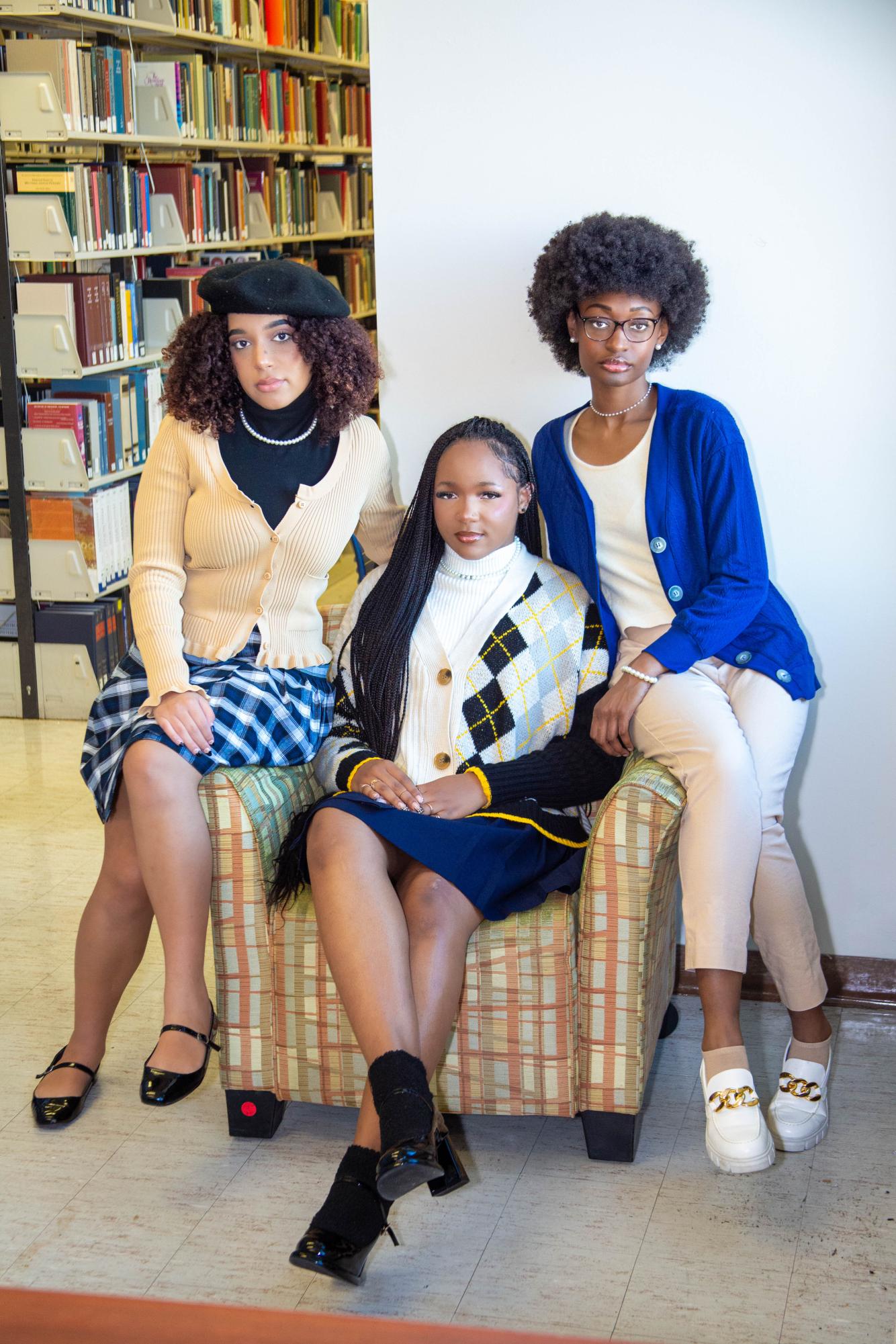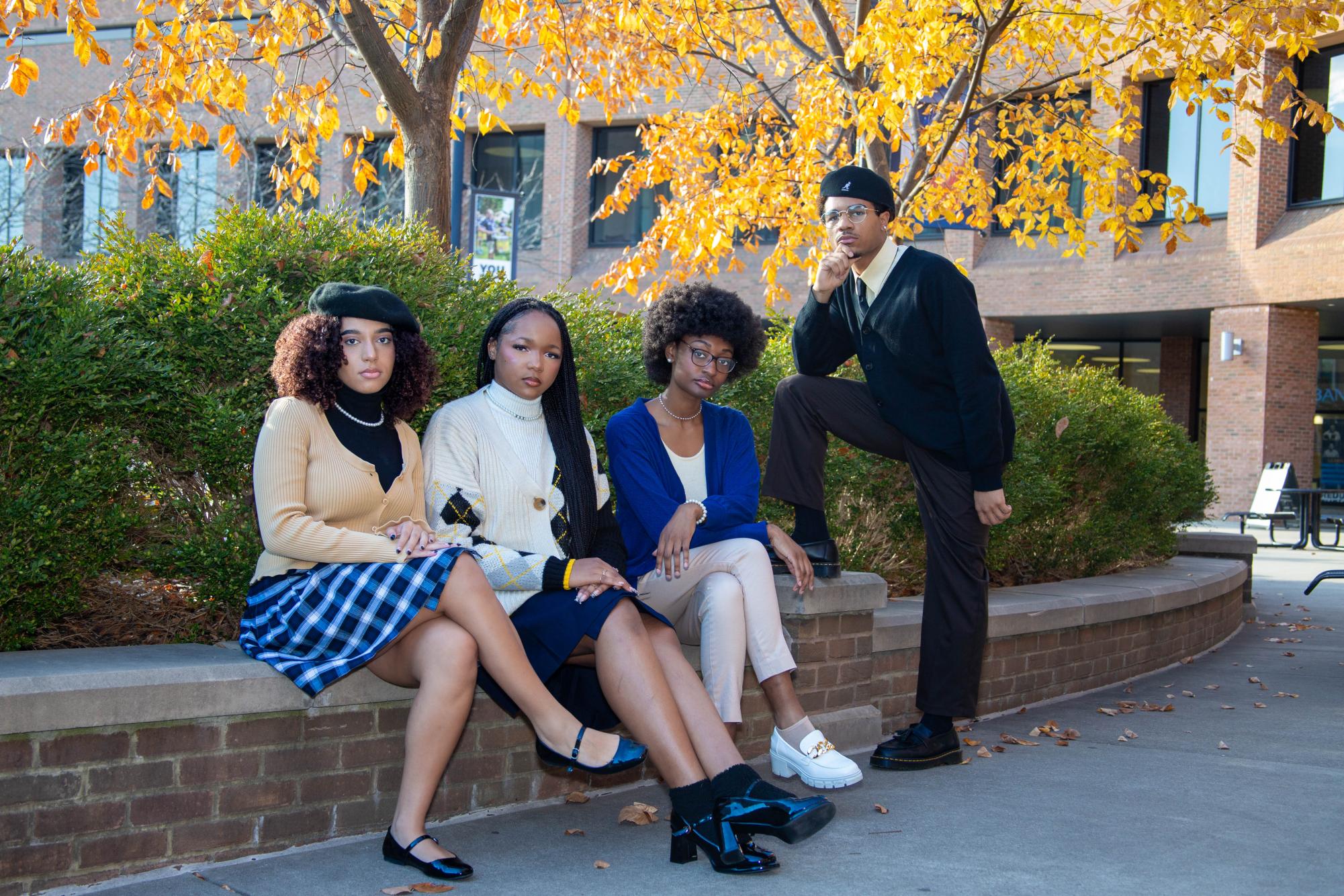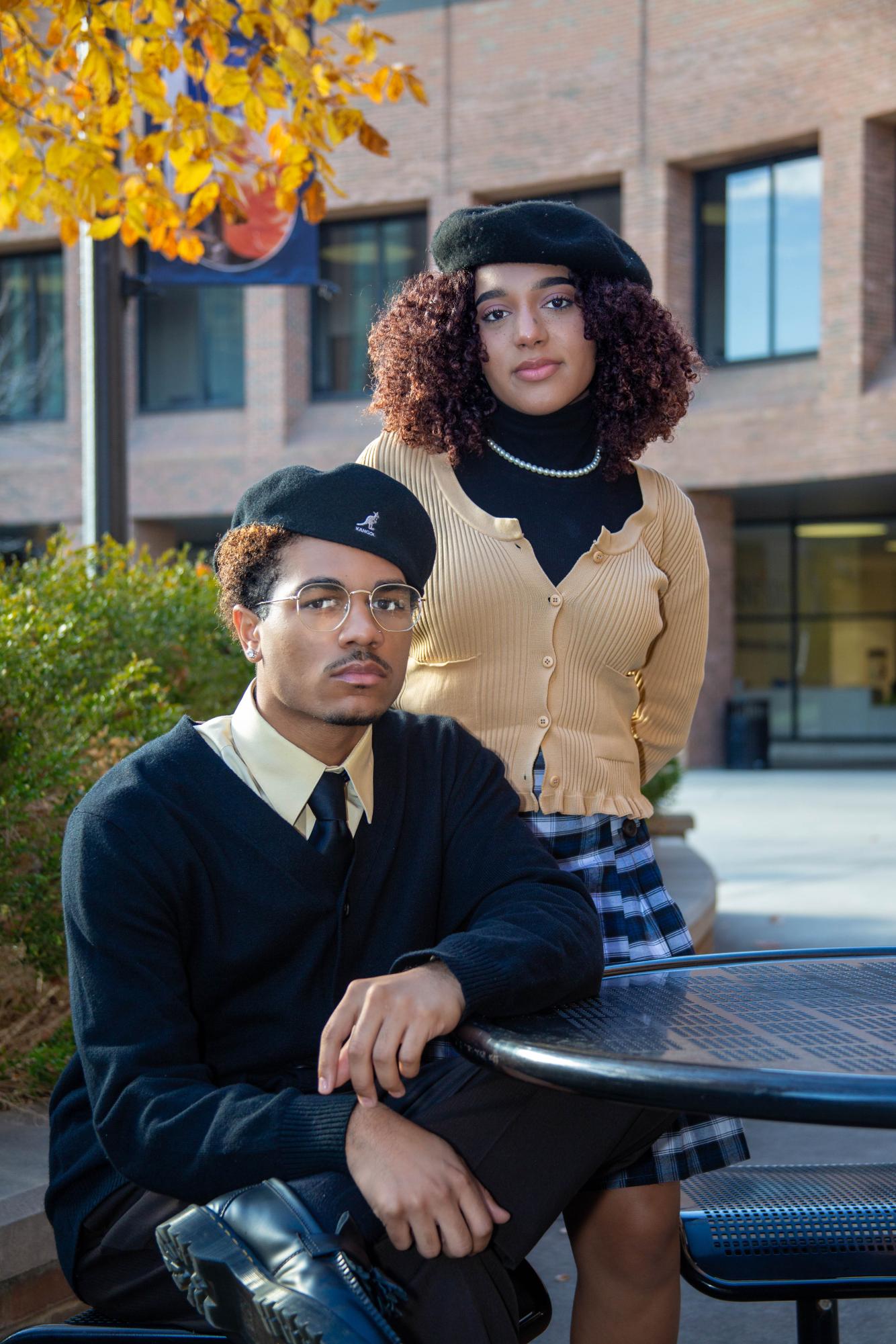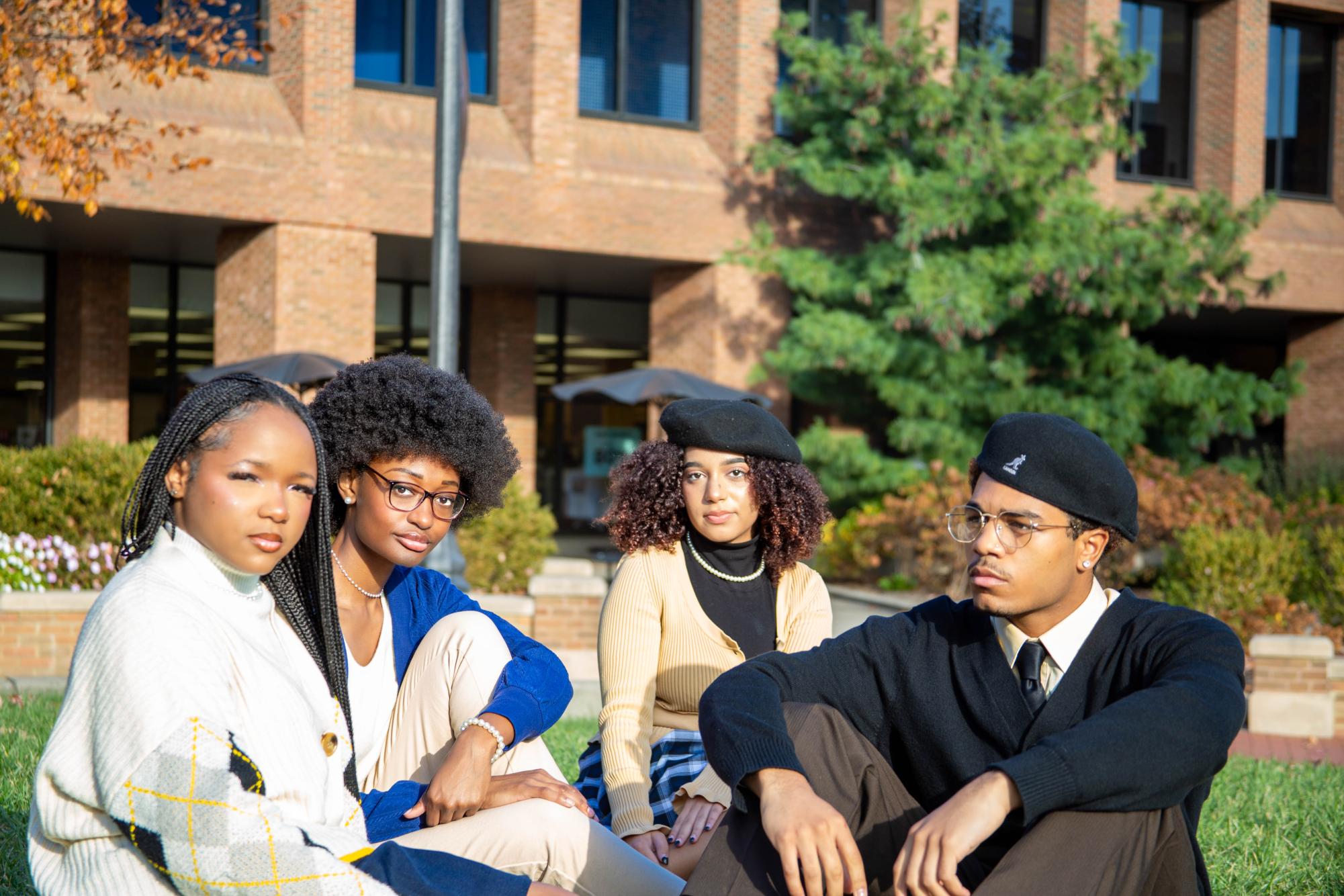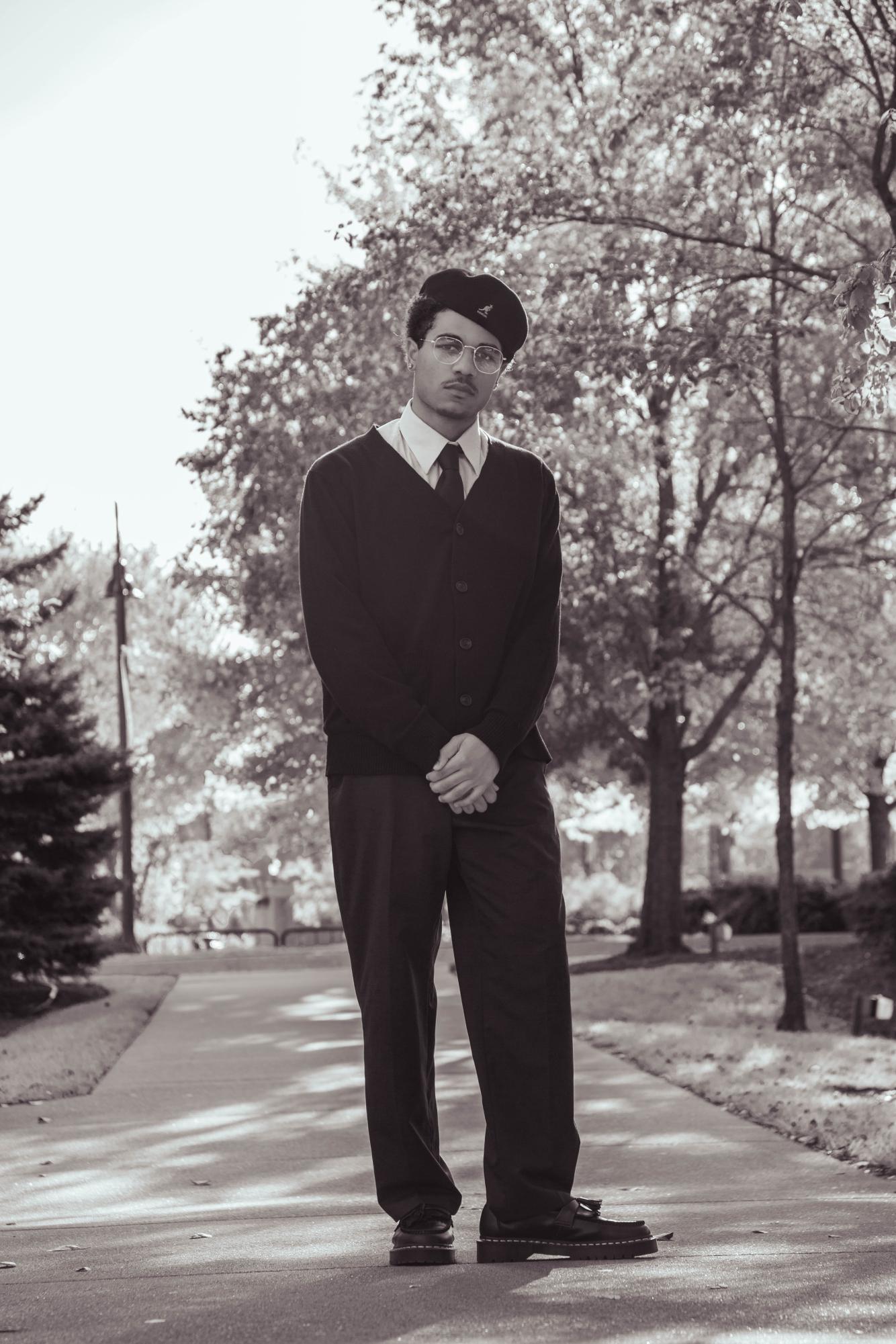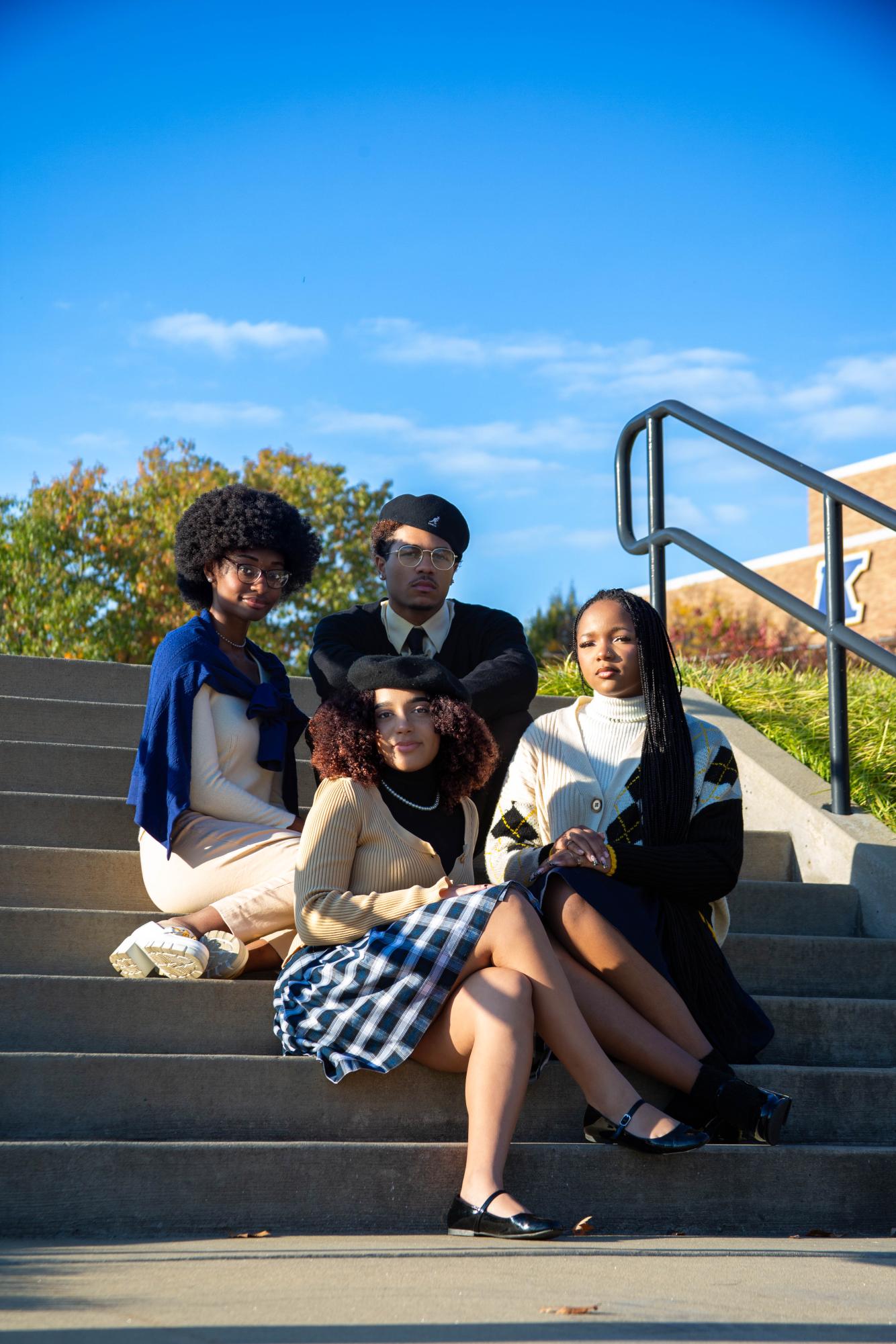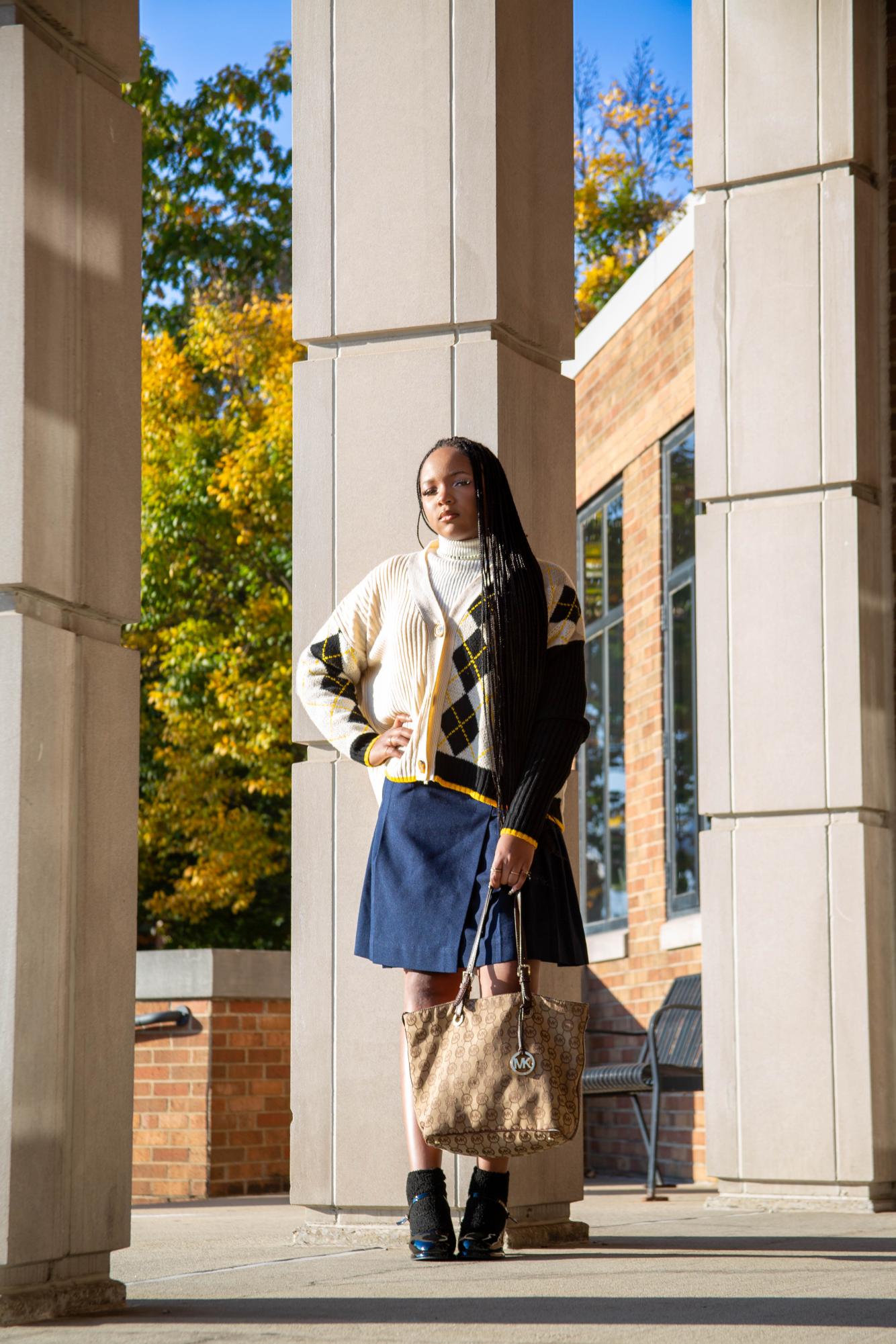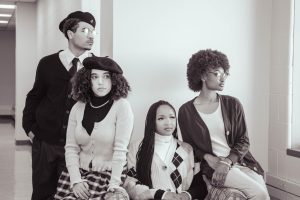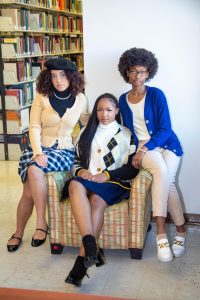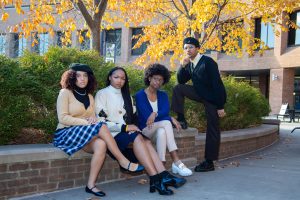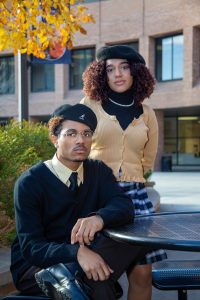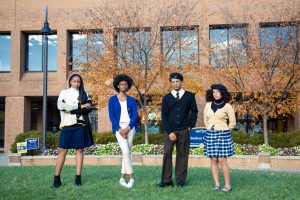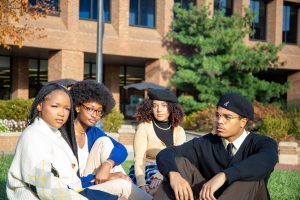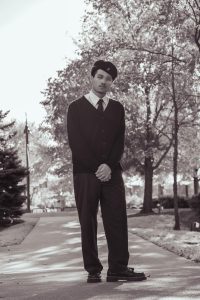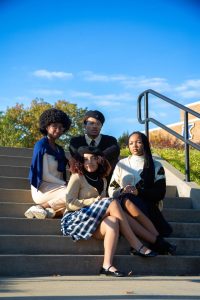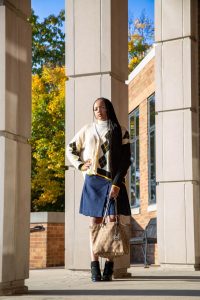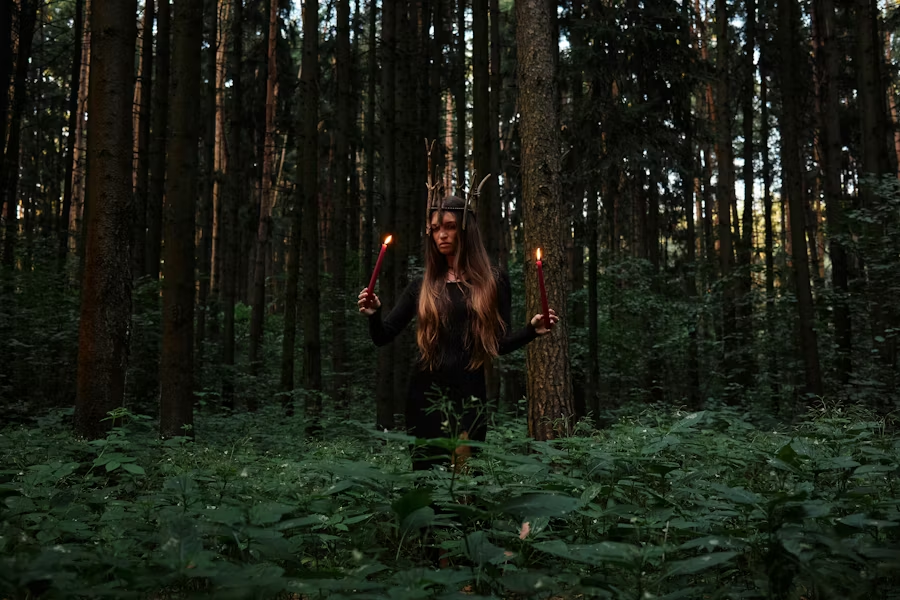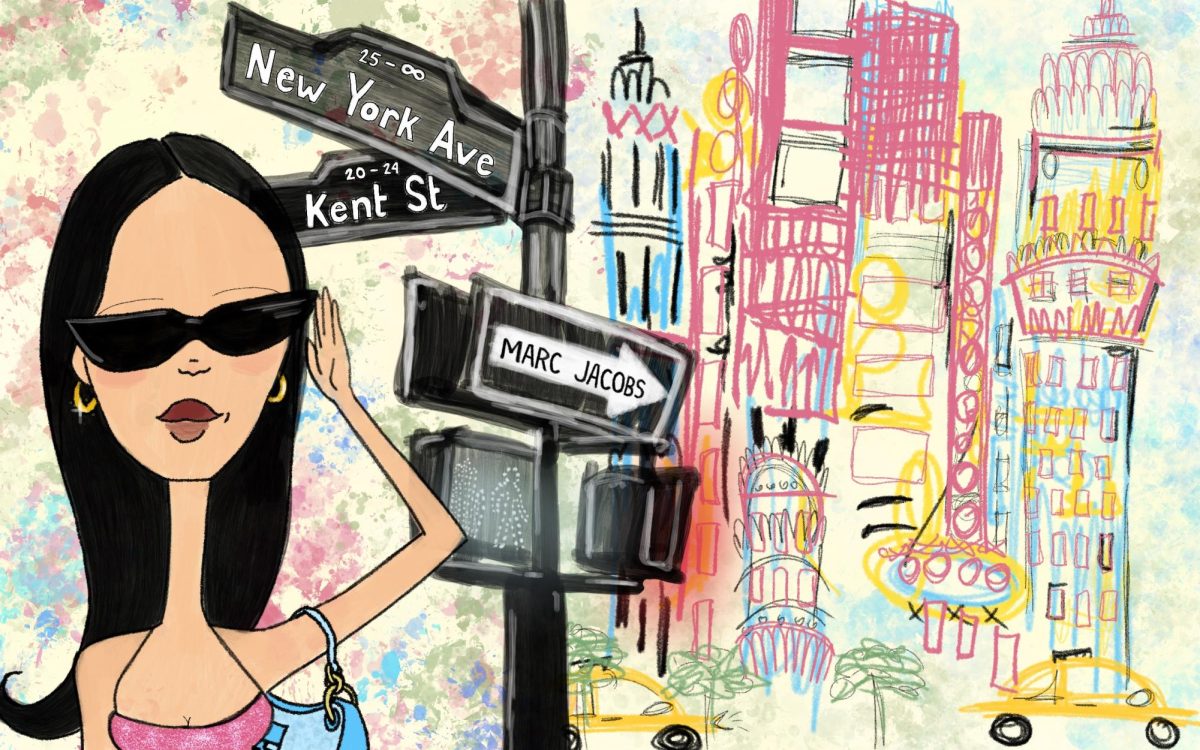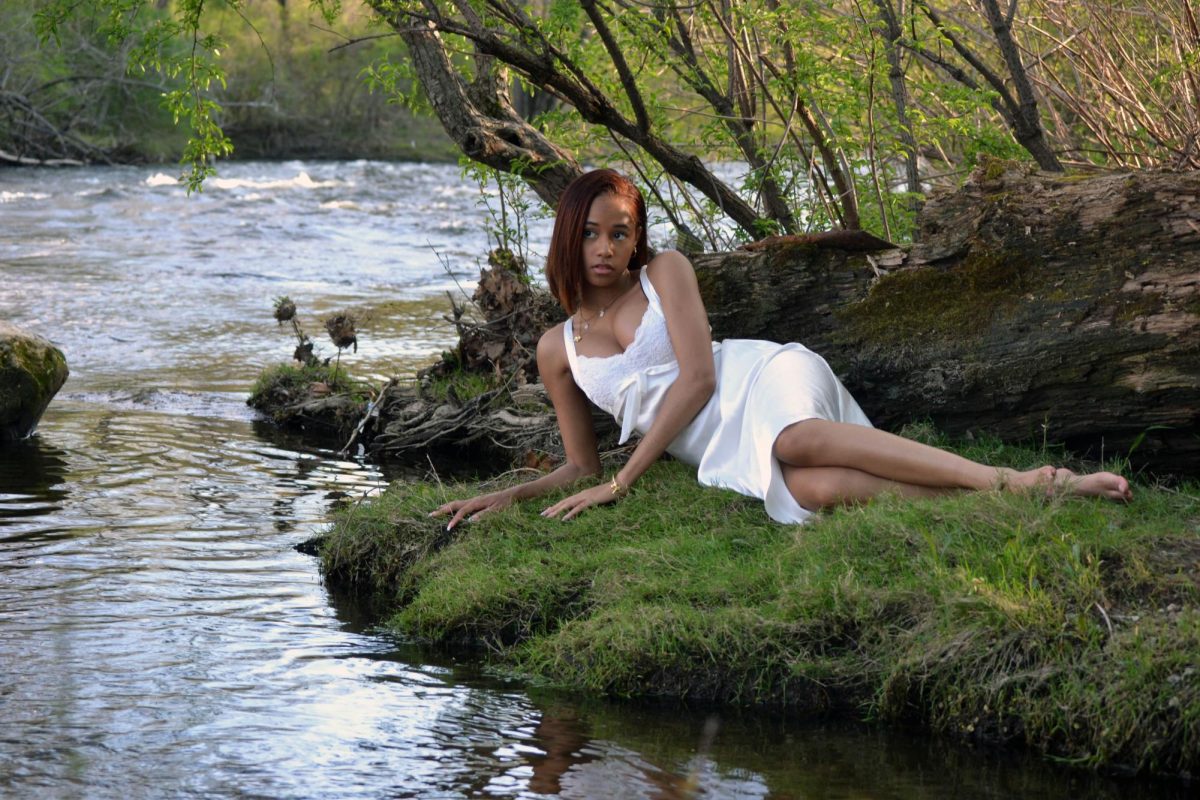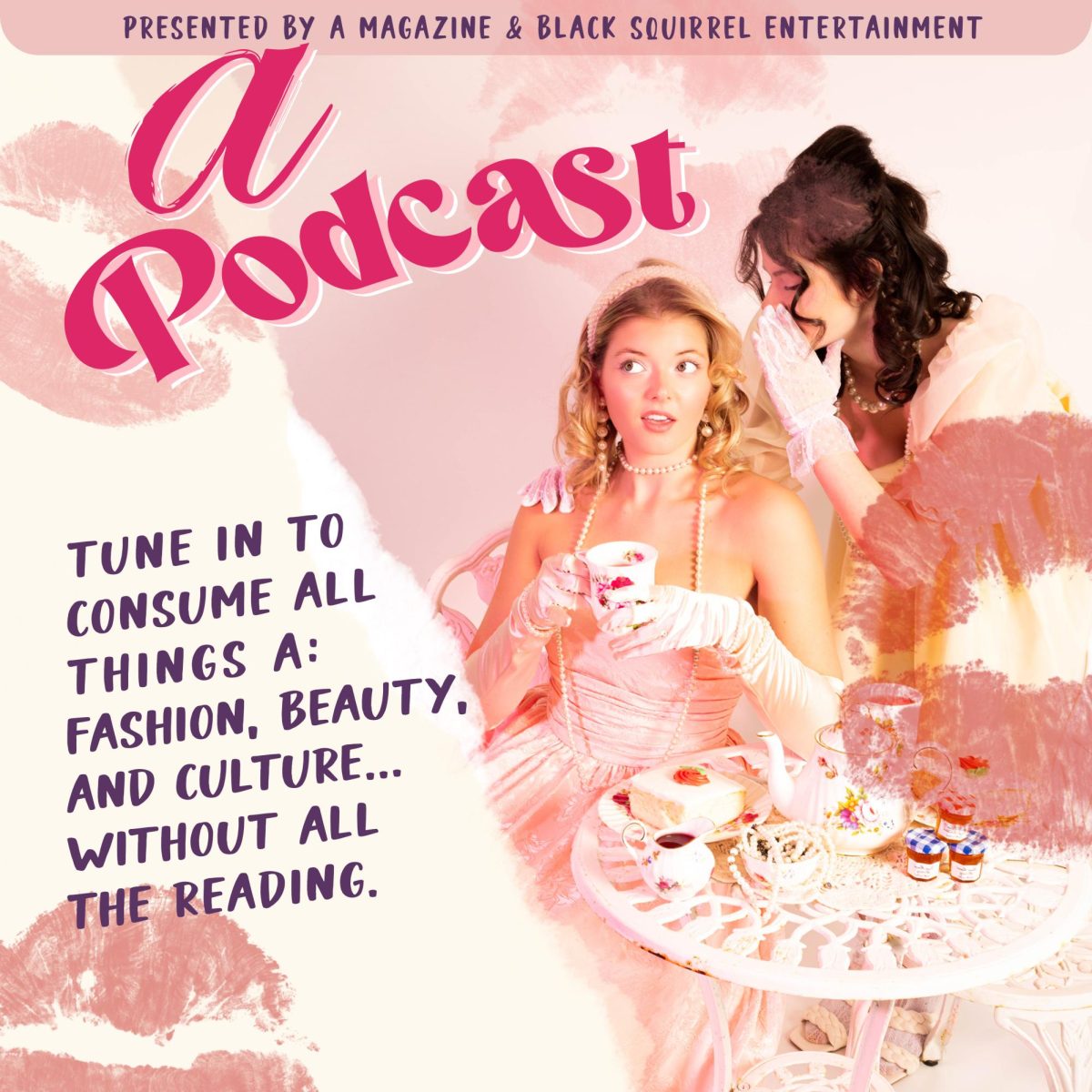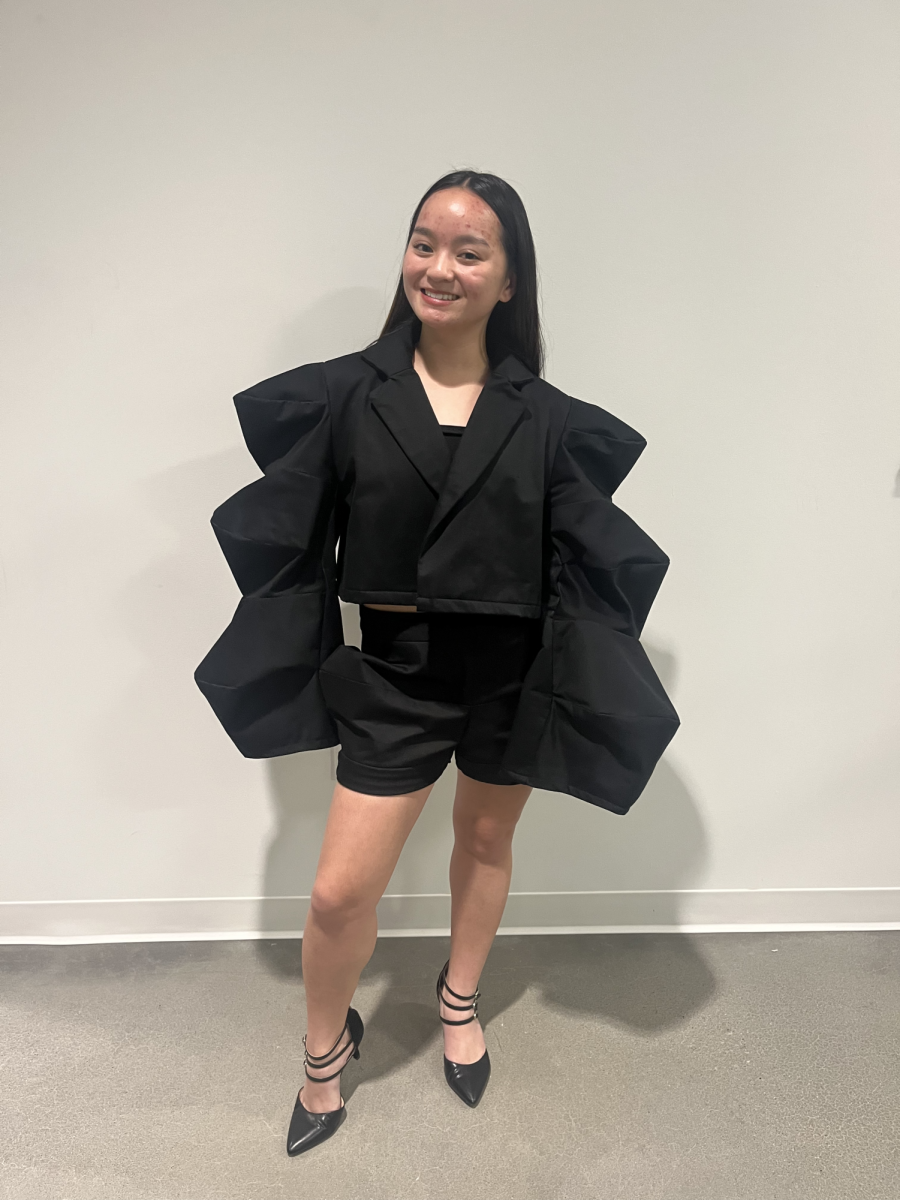At Historically Black Colleges and Universities (HBCUs), homecoming is not just a weekend of festivities but a beloved tradition; celebrating community, heritage and strengthening the bonds within the institutions.
Homecoming can be traced back to the early 20th century during a period of radical change for black Americans. The National Museum of African American History and Culture documents the first HBCUs being established during the Reconstruction Era, the period following the Civil War and the abolishment of slavery. The colleges worked on teaching a formerly enslaved population how to read and write, basic math skills, as well as religion and industrial practices.
The foundation of homecoming started as a way to connect alumni with current students. During the gatherings, there were athletic competitions, religious services and a spiritual service.
Like many other homecomings across universities, football games became a central part of the festivities at HBCUs. The games brought in large crowds of community members and alumni. Surrounding the football games was a large parade that featured floats, marching bands and stroll performances put on by sororities and fraternities.
The 1950s introduced homecoming pageants, where the institutions crown a Homecoming Queen or a young lady who will serve as a liaison for the school during the rest of the school year. The pageant is not a competition based on beauty but a balance of academic prowess, volunteer efforts and community outreach. Dale Williams, former Miss Tennessee State University and founder of Leadership for Queens, told BET, “It’s just as important as having a college band or cheerleaders. It identifies our own standards of beauty…We’re not a pageant, but a position.”
Before Coachella, there was Yardfest in Washington, DC at the illustrious Howard University. As the entertainment industry evolved and black musicians became main contributors to pop culture, HBCUs began to invite popular artists to perform during homecoming weekend. While concerts were nowhere near a new idea, in the beginning years of homecoming concerts, the colleges would invite a lineup of artists to perform in just one day. In 1995, Howard students and alumni gathered to watch The Notorious B.I.G., Foxy Brown and Biz Markie.
As homecoming celebrations have evolved, the concerts have become the centerfold of the weekend. It is now normalized for people outside of the institutions to flock to the cities to participate in the event. The bigger the artists each school pulls, the more cool points they have within the black community. In 2024, North Carolina Agricultural and Technical State University won the homecoming lottery. It is very fitting that they are self-titled as ‘The Greatest Homecoming on Earth (GHOE)’ as many traveled to North Carolina to see Bryson Tiller, Latto, Mariah the Scientist and more live this year.
Homecoming is largely celebrated within the black community, however, it was brought to the main stage (literally) by Beyonce in 2018. As the first black woman to headline Coachella, Beyonce put on a dynamic, boundary-shifting and thought-provoking performance. In her film, Homecoming: A Film by Beyonce, the superstar discussed the reason behind the theme of her performance stating, “Instead of me pulling out my flower crown, it was more important that I brought our culture.”
The full performance highlighted a black orchestra that acted as a marching band and black dancers posed as a majorette team that was so reminiscent of what you would see at a HBCU’s homecoming. According to Google, the performance is the most-searched performance of all time, so it is safe to say that Beyonce accomplished her goal of showing the world a celebration of black culture.
The evolution of homecoming not only has fostered school spirit but also created a platform for cultural expression and solidarity. HBCUs have evolved homecoming weekend to be largely driven by spectacle and social media. However, key factors have stayed the same. Homecoming has and remains a celebration of black scholarship, tradition and most importantly triumph.
Support Student Media
Hi! I’m Kayla Friedman, A Magazine’s editor-in-chief. My staff and I are committed to bringing you the most important and entertaining news from the realms of fashion, beauty and culture. We are full-time students and hard-working journalists. While we get support from the student media fee and earned revenue such as advertising, both of those continue to decline. Your generous gift of any amount will help enhance our student experience as we grow into working professionals. Please go here to donate to A Magazine.

